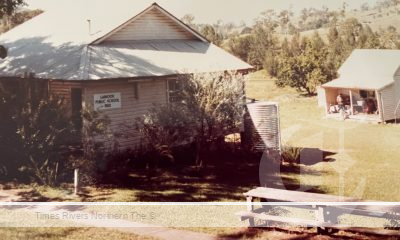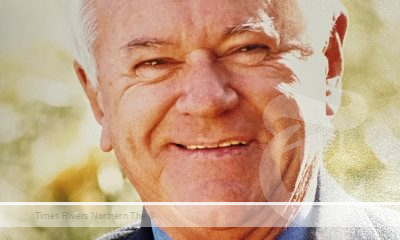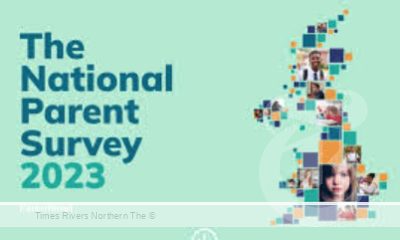AIHW Report Highlights Urgent Need for Enhanced Healthcare Investment in Rural Areas
Today, a new release from the Australian Institute of Health and Welfare (AIHW) has highlighted significant health disparities between residents in very remote areas and those in major cities. According to the AIHW’s latest findings, hospitalisation rates in extremely remote locations are nearly double those in urban centres, and access to General Practitioners is notably lower in remote communities.
Nicole O’Reilly, Chairperson of the National Rural Health Alliance, expressed concern over these findings, emphasising the necessity for targeted investments to bridge these gaps. “Such appalling disparities should be rectified with targeted investment and innovative approaches. Your postcode should not determine your access to healthcare,” said O’Reilly.
The AIHW utilised data from the 2022 Australian Bureau of Statistics National Health Survey to conduct its analysis, revealing prevalent health risks such as alcohol and smoking, along with high incidences of arthritis, mental health issues, and chronic obstructive pulmonary disease in rural areas. These factors contribute significantly to the healthcare strain on these communities.
Advertisements

O’Reilly advocated for the implementation of high-quality, culturally sensitive primary healthcare in rural regions, particularly to address prevention and management of health and behavioural risk factors and chronic conditions. “This would significantly reduce the reliance on the acute hospital sector and rectify enduring disparities in health outcomes,” she added.
Further exacerbating the issue, AIHW data shows a stark contrast in lifestyle risks between rural and urban populations. In outer regional and remote areas, 17.5% of the population smokes, compared to 9.3% in major cities, and 32.7% exceed lifetime alcohol risk guidelines. Additionally, the obesity rate is alarmingly high, with 69.6% of people in these regions being overweight or obese.
Highlighting the financial discrepancies, O’Reilly pointed out that the annual health underspend in rural Australian areas amounts to $6.55 billion, which translates to approximately $850 less spent on health per person each year compared to urban areas. “It shows that our rural communities are treated as second-class citizens when it comes to healthcare,” she remarked.
To address these challenges, the Alliance is advocating for the implementation of place-based models of care that cater specifically to local needs. One proposed solution is the Primary care Rural Integrated Multidisciplinary Health Services (PRIM-HS), designed to effectively serve rural communities. Additionally, O’Reilly calls for the establishment of a National Rural Health Strategy to unify state and federal rural health priorities and strategies, aiming to drive sustainable improvements in rural health outcomes over time.
These strategic measures are crucial in ensuring that rural residents receive equitable healthcare services, reflecting a commitment to overcoming longstanding disparities in Australia’s healthcare system.
For more rural news, click here.

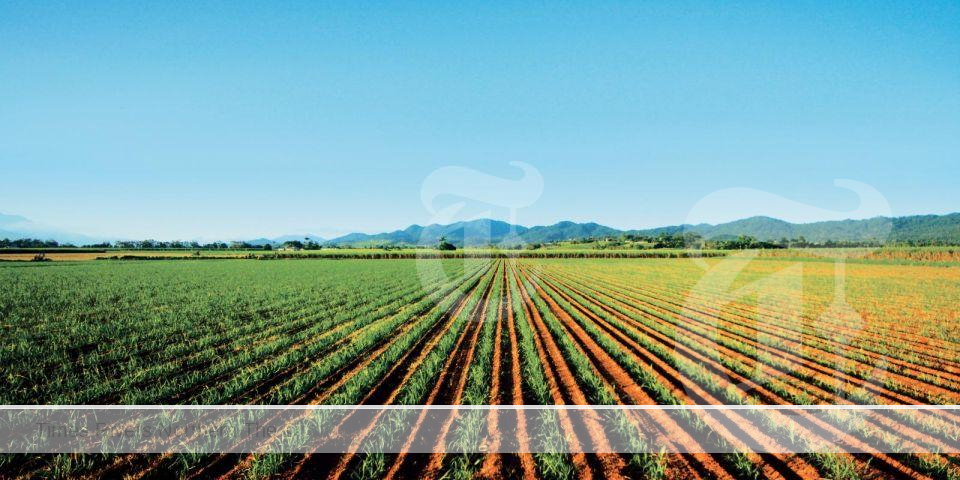
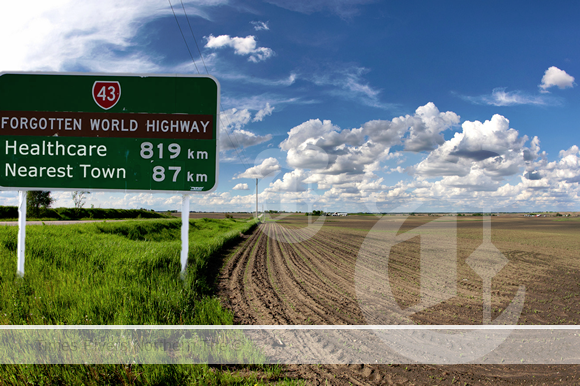


 Tweed Shire News2 years ago
Tweed Shire News2 years ago
 Motoring News1 year ago
Motoring News1 year ago
 COVID-19 Northern Rivers News3 years ago
COVID-19 Northern Rivers News3 years ago
 COVID-19 Northern Rivers News3 years ago
COVID-19 Northern Rivers News3 years ago
 Northern Rivers Local News3 years ago
Northern Rivers Local News3 years ago
 Health News3 years ago
Health News3 years ago
 COVID-19 Northern Rivers News3 years ago
COVID-19 Northern Rivers News3 years ago
 NSW Breaking News3 years ago
NSW Breaking News3 years ago















